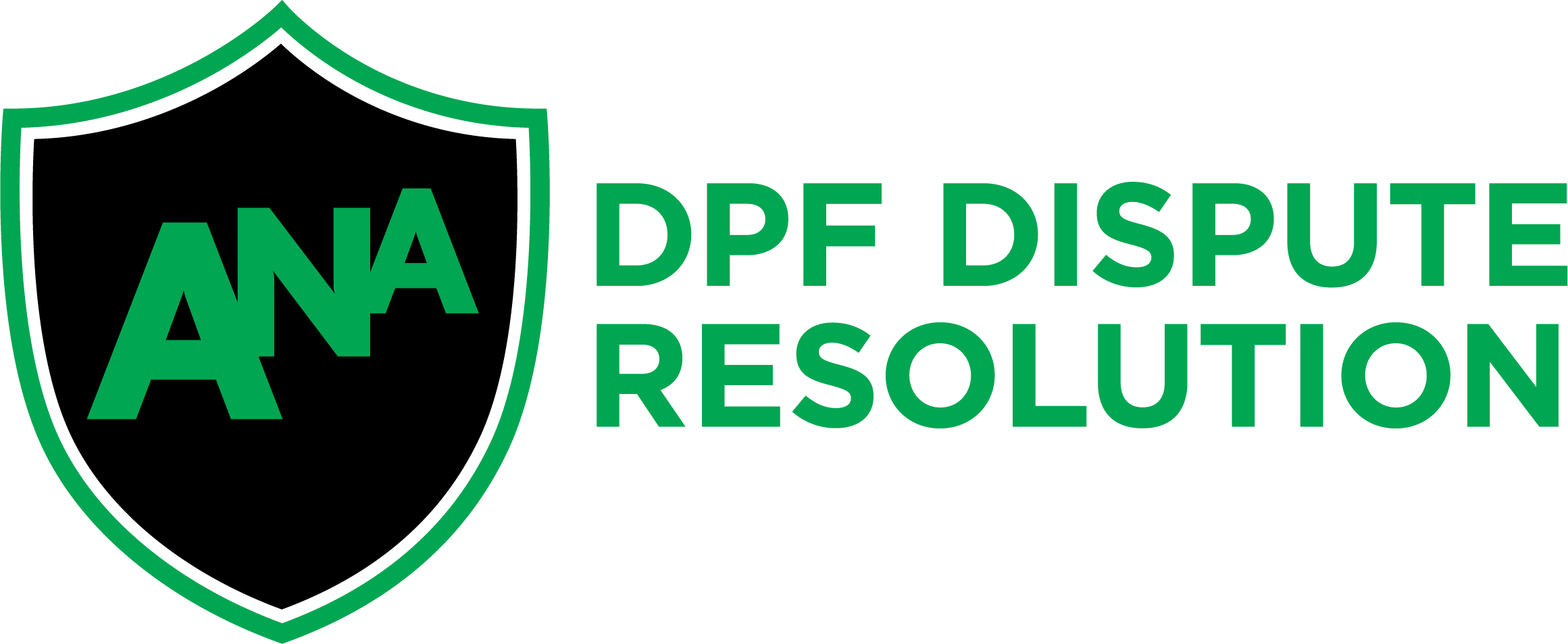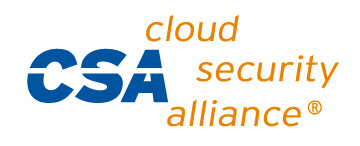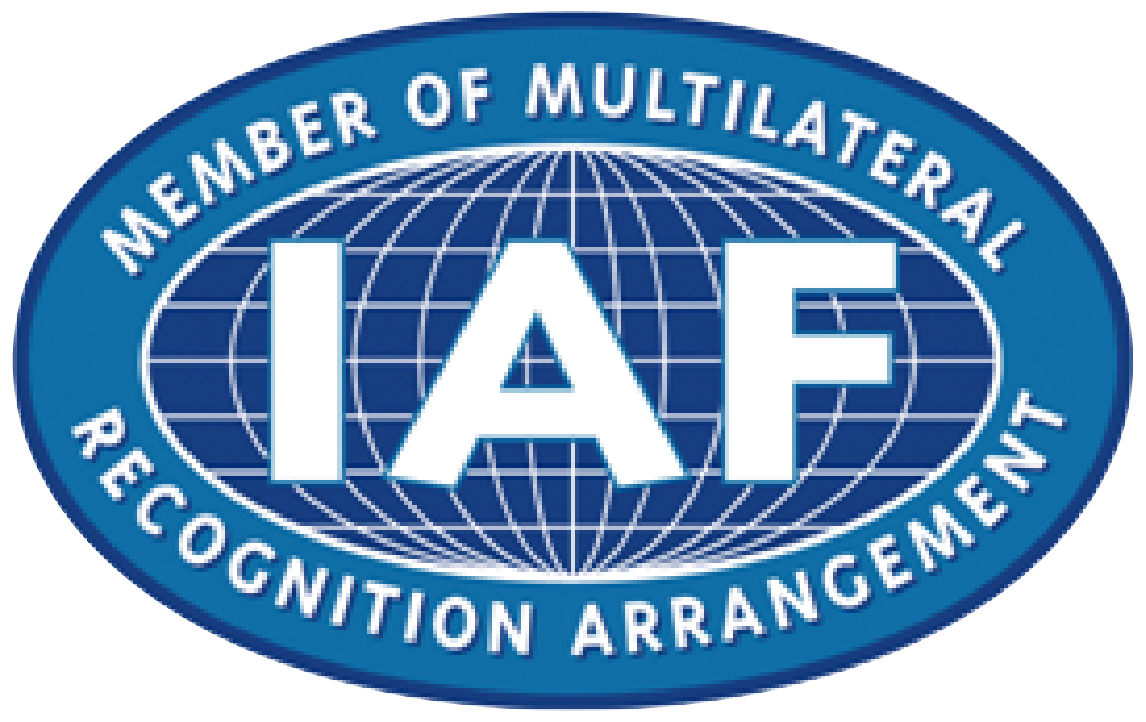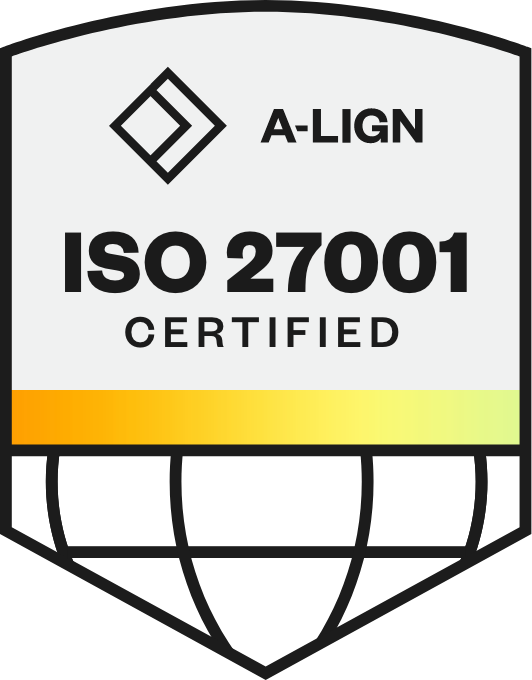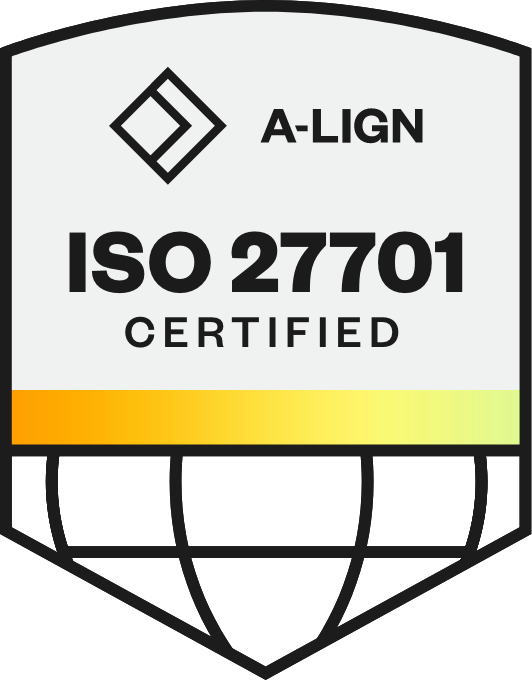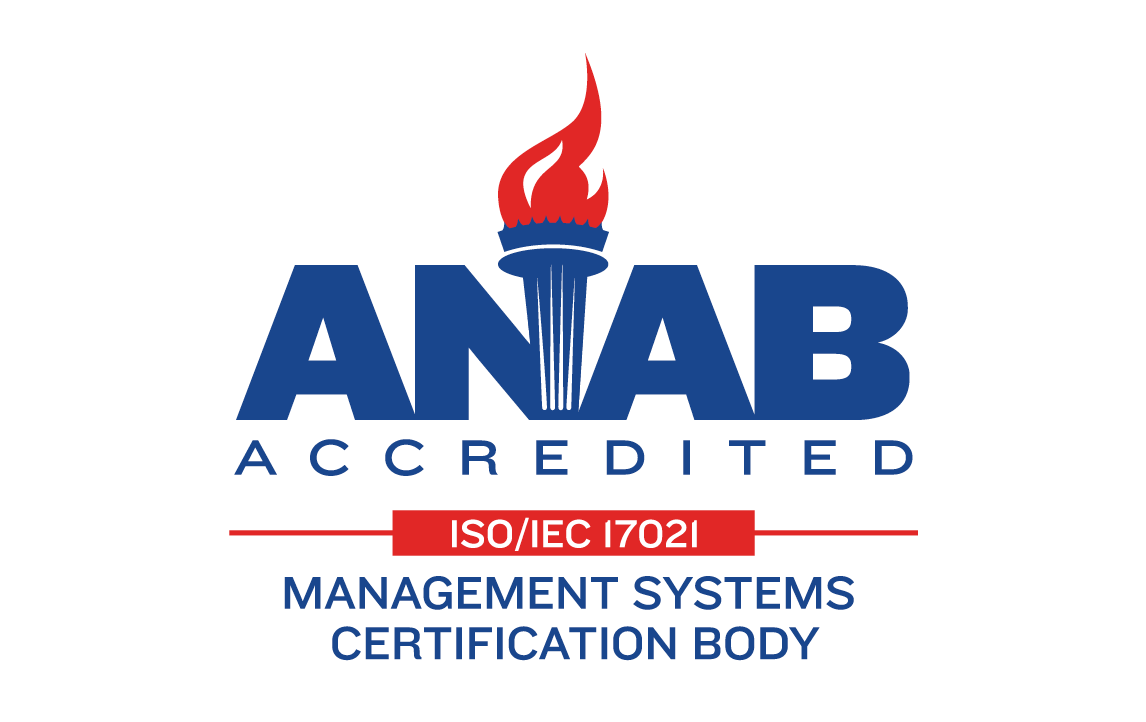
Decoding AI vs Automation: How to Choose the Right Technology for Your Talent Strategy
The talent experience is evolving rapidly, with AI and information processing technologies expected to be the most transformative trend by 2030. Furthermore, 86% of employers anticipate that AI will transform their business operations. This momentum creates both opportunities and challenges for HR leaders who must navigate an increasingly complex ecosystem of tools and capabilities. The challenge lies in understanding what each technology does and when to apply it most effectively.
Many HR leaders struggle to distinguish between automation, AI, and human-driven processes in their talent systems, creating uncertainty around technology investments and strategic decisions. This confusion impacts everything from compliance approaches to team training initiatives.
This blog clarifies these distinctions across the complete talent journey - from candidate attraction through employee development and career advancement. You'll learn to identify each technology in action and understand how they work together to enhance hiring experiences while preserving human oversight where it matters most.
In this Article:
Understanding the Three Technology Approaches
Modern talent management operates through three distinct technology approaches, each serving specific functions throughout the employee lifecycle. Rather than competing technologies, these work together to create comprehensive talent experiences.
1. Automation: Consistent Process Execution
Automation handles predictable, repetitive tasks that follow consistent rules. These systems execute predetermined workflows without variation, like a vending machine delivering the same output for the same input every time.
What Automation Handles:
Sending confirmation emails when candidates apply
Posting approved jobs across multiple job boards simultaneously
Triggering onboarding workflows when new hires accept offers
Scheduling performance review cycles based on hire dates
Processing routine payroll and benefits updates
Distributing training assignments based on role requirements
Automation provides consistency and reliability without variation or human error. When a process needs to happen the same way every time, automation handles it seamlessly.
2. AI: Intelligent Adaptation and Learning
AI systems analyze data patterns, learn from interactions, and adapt their responses over time. Unlike automation's rigid structure, AI makes intelligent recommendations based on patterns learned from thousands of previous decisions and outcomes.
What AI Handles:
Personalizing job recommendations based on candidate browsing behavior and skills
Matching internal employees to new opportunities based on career trajectories
Analyzing performance data to suggest development paths
Providing intelligent responses through chatbots that improve over time
Scoring candidate fit based on multiple variables and historical success patterns
Recommending salary adjustments based on market data and performance trends
AI's strength lies in handling variable situations and personalizing experiences. The more data it processes, the more intelligent its recommendations become.
3. Human Oversight: Judgment and Relationship Building
Human involvement becomes critical for situations requiring emotional intelligence, complex judgment, and relationship building. These tasks require reading between the lines, understanding context, and making decisions based on factors that can't be easily measured.
What Humans Handle:
Evaluating cultural fit and team dynamics during interviews
Making final hiring decisions based on multiple contextual factors
Conducting sensitive conversations about performance issues
Providing career coaching that considers personal circumstances
Negotiating complex compensation packages
Understanding Specific AI Capabilities
Modern talent platforms utilize AI systems specifically designed to handle cognitive tasks that require reasoning, personalization, and adaptive responses. These applications demonstrate how artificial intelligence can process complex data while maintaining human oversight for critical decisions.
Advanced Decision-Making Systems
These are AI systems that can make complex decisions on their own by looking at lots of different information at once. Think of them as smart assistants that can handle complicated tasks without needing step-by-step instructions.
AI agents like Phenom X+ Screening analyze comprehensive enterprise data to autonomously handle candidate sourcing and pipeline management tasks. These systems recognize scenarios requiring human judgment, automatically flagging nuanced candidate evaluations or sensitive retention decisions that demand contextual understanding. Through intelligent escalation protocols, complex cases receive appropriate human attention while routine decisions advance seamlessly.
AI-Powered Talent Solutions
Modern HR technology combines intelligent recommendation systems with natural language processing to transform how organizations manage talent. These systems analyze employee skills, performance data, and career paths to suggest optimal role matches and development opportunities, creating personalized growth trajectories that align individual aspirations with business objectives.
Simultaneously, Phenom Chatbot and search tools understand human language naturally, moving beyond simple keyword matching to grasp context, tone, and intent. They engage in meaningful conversations with candidates and employees, providing relevant responses while continuously learning from each interaction.
This dual approach enables data-driven decisions for internal mobility and upskilling while maintaining conversational, accessible interfaces. HR professionals retain oversight, reviewing recommendations and refining AI outputs to ensure alignment with strategic priorities and compliance standards. The result is a comprehensive talent management ecosystem that scales human insight through intelligent automation, creating more effective matches between people and opportunities while preserving the human touch in critical decisions.
Structured Automation Capabilities in Action
These are systems that handle repetitive tasks the same way every time, like a reliable assembly line. They follow predetermined rules and workflows without needing to learn or adapt. Think of them as digital workers that never get tired and always do things exactly as programmed. The key benefit is consistency — they eliminate human error and make sure every process happens the same way, whether it's the first time or the thousandth time.
Interview Scheduling
AI Scheduling can auto-book interview slots based on calendar availability, interviewer preferences, and candidate scheduling constraints. Automated coordination handles multiple stakeholders while allowing recruiters to override conflicts or prioritize urgent roles when needed. Process consistency ensures a professional candidate experience regardless of scheduling complexity or volume.
Related: What is an Automated Interview Scheduling Tool and What Are the Benefits?
Video Assessments
Video assessments automate initial screening processes using predetermined criteria and evaluation frameworks. Automated systems maintain consistent evaluation standards while accommodating role-specific requirements and organizational preferences. Hiring managers retain the authority to review shortlisted candidates and make final selection decisions based on the comprehensive assessment.
Workflow Execution
Workflow automation engines trigger interconnected actions, including job postings, campaign email distribution, and candidate status updates. Systems execute predetermined workflows while HR teams monitor outcomes and adjust rules based on performance data and strategic requirements. Comprehensive tracking provides audit trails for compliance reporting and continuous process optimization.
Related: Workflow Automation: A Complete Guide
Human-in-the-Loop (HITL): Where Human Input Drives Success
Talent intelligence platforms are designed with built-in touchpoints where human involvement is not just helpful — it's required. These systems actively seek human feedback and oversight to maintain quality and alignment with organizational goals:
AI Oversight: Humans review and validate AI-generated content like job descriptions and candidate recommendations, providing feedback that continuously improves system accuracy
Workflow Design: HR teams configure and regularly audit automated processes to match their specific compliance requirements and business objectives
Complex Decision Points: When systems encounter unusual situations—like conflicting assessment scores or sensitive employee issues — they automatically pause and request human review before proceeding
Specialized Technology Applications: Industry-Focused Solutions
Understanding the practical applications of automation and AI requires examining specific use cases that demonstrate each technology's unique strengths. This table compares AI and automation across key hiring use cases to help HR teams choose the right solution for their needs.
Technology Type | Application Name | Primary Function | Key Benefits | Use Case Scenario |
Automation | Interview Management Systems | Simplify scheduling coordination across multiple formats | Maintains candidate experience quality, eliminates double-booking | High-volume hiring across phone, video, online, and onsite interviews |
Automation | Screening Process Automation | Accelerate candidate evaluation using standardized templates | Faster processing for high-volume roles, consistent evaluation criteria | Initial screening for positions with large applicant pools |
AI | Healthcare Sourcing Intelligence | Automate talent discovery for specialized medical roles | Ensures continuous qualified candidate pipelines | Critical healthcare positions like nurses and care managers |
AI | Personalized Matching Systems | Connect candidates to optimal roles using a comprehensive analysis | Higher placement accuracy, improved candidate satisfaction | Role matching based on skills, experience, location, and compatibility |
AI | Intelligent Communication Platforms | Enhance sourcing and matching through NLP capabilities | Improved candidate engagement, sophisticated search results | Advanced chatbot interactions and candidate communication |
Ethical AI Framework: Getting It Right
As organizations implement AI alongside automation, establishing ethical frameworks becomes essential for maintaining fair and transparent talent acquisition practices. Some of the key principles include:
Fairness and bias prevention start with responsible design. Phenom Fit Score operates as a decision-support tool, not an autonomous decision-maker. It analyzes job-related factors like skills and experience while excluding demographic data that could introduce bias.
Transparency and clarity ensure users understand how AI generates recommendations. The system provides clear reasoning for its outputs, helping recruiters make informed decisions and building trust in AI-assisted processes.
Human control and oversight remain central to all AI applications. Humans validate AI recommendations, provide feedback to improve models, and retain final decision authority. The system flags complex situations for human review.
Privacy and security protect candidate information throughout the recruitment process. Clear policies explain how data is collected, used, and stored, with mechanisms for candidates to update or remove their information.
Related: Phenom Fit Score: 2025 Report
The Strategic Path Forward: Making Informed Technology Decisions
Understanding these distinctions helps HR leaders make technology choices that align with organizational goals and candidate needs. As we've shown, automation handles repetitive processes, AI provides intelligent recommendations, and human expertise manages complex decisions requiring judgment. These technologies work together to create comprehensive solutions. Automation provides scalability, AI delivers intelligence, and human oversight maintains control. This strategic integration leverages each technology's strengths while preserving human authority where it matters most.
Success comes from strategic implementation that matches technology capabilities to specific organizational requirements. Leaders who understand when and how to apply each approach can build more effective recruitment processes that serve both organizational objectives and candidate experiences. As talent acquisition continues evolving, making informed decisions about technology implementation becomes increasingly important for maintaining a competitive advantage.
Explore how AI and automation can address your specific talent experience challenges. Watch our webinar on Sorting AI from Automation: Waste Connections' Approach To Collecting the Best Talent
Gautami is a Product Marketing Manager at Phenom. She loves twisted thriller movies and is passionate about bringing creativity to life through crafting.
Get the latest talent experience insights delivered to your inbox.
Sign up to the Phenom email list for weekly updates!



